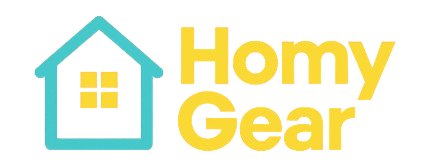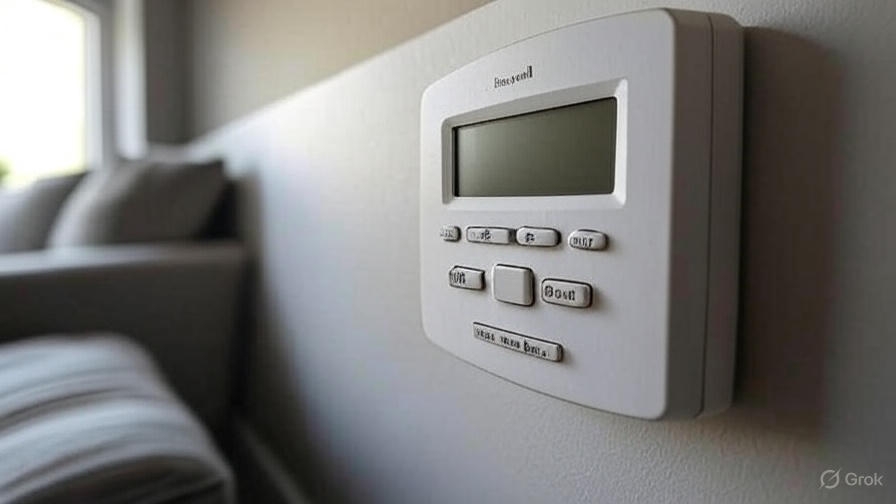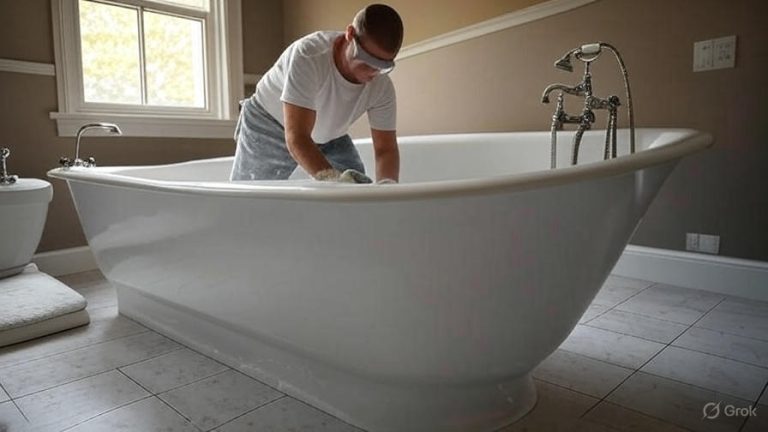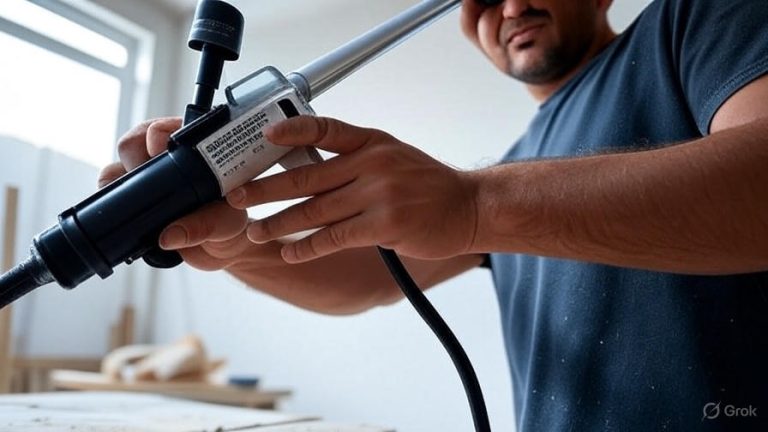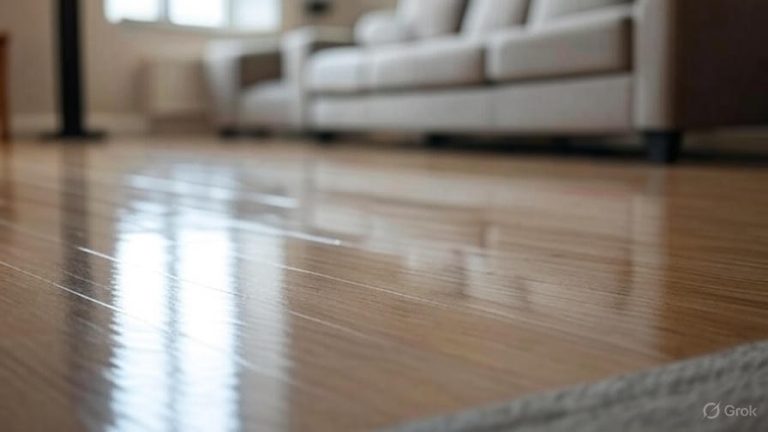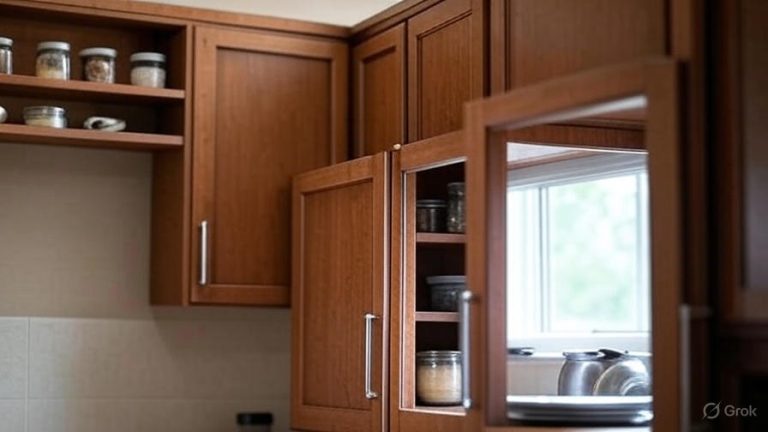How to Operate Your Honeywell Thermostat
Your Honeywell thermostat controls the comfort of your entire home, yet many homeowners struggle with its operation. This comprehensive guide walks you through every aspect of thermostat operation, from basic temperature adjustments to advanced programming features.
Getting Started with Your Honeywell Thermostat
Most Honeywell thermostats share similar basic functions, though specific models may have unique features. Before diving into operation, familiarize yourself with your thermostat’s display and control buttons.
The main display shows your current room temperature and your target temperature setting. Most models feature up and down arrows for temperature adjustment, along with system mode buttons for heating, cooling, and fan control.
Digital models typically display the time, current temperature, and set temperature prominently on the screen. Some advanced models include outdoor temperature readings and humidity levels.
Basic Temperature Control Operations
Setting Your Desired Temperature
Press the up arrow to increase your target temperature or the down arrow to decrease it. The display will show your new setting, and the system will work to reach this temperature.
Most Honeywell thermostats allow temperature adjustments in one-degree increments. The system maintains your set temperature within a few degrees, cycling on and off as needed.
System Mode Selection
Your thermostat offers several operating modes:
- Heat Mode: The system only provides heating
- Cool Mode: The system only provides air conditioning
- Auto Mode: The system automatically switches between heating and cooling
- Off Mode: The system remains inactive
- Fan Mode: The fan runs continuously without heating or cooling
Switch between modes using the system mode button or touch controls, depending on your model.
Programming Your Thermostat Schedule
Most modern Honeywell thermostats offer programmable features that save energy and maintain comfort automatically.
Creating a Weekly Schedule
Start by accessing the program menu on your thermostat. This process varies by model but typically involves pressing a “Program” or “Schedule” button.
Set up different temperature periods throughout the day:
- Wake: Morning temperature when you get up
- Leave: Daytime temperature when you’re away
- Return: Evening temperature when you come home
- Sleep: Nighttime temperature for sleeping
Setting Individual Time Periods
For each period, you’ll set both the time and desired temperature. Most energy-efficient schedules include:
- Lower temperatures during winter nights and when away from home
- Higher temperatures during summer nights and when away from home
- Comfortable temperatures when you’re home and awake
Weekend vs. Weekday Programming
Many models allow different schedules for weekdays and weekends. Set up your weekday schedule first, then copy or modify it for weekend use.
Weekend schedules often differ because people stay home longer and wake up at different times.
Advanced Features and Settings
Hold and Override Functions
The Hold function maintains your current temperature setting indefinitely, bypassing your programmed schedule. Use this feature when your routine changes temporarily.
To activate Hold, press the Hold button after setting your desired temperature. The display typically shows “Hold” to indicate this mode is active.
Cancel Hold by pressing the “Run Program” button or by manually switching back to your programmed schedule.
Vacation Mode
Vacation mode maintains energy-efficient temperatures while you’re away for extended periods. This feature prevents extreme temperatures that could damage your home while maximizing energy savings.
Set vacation mode by accessing the advanced menu and selecting vacation dates. The system will maintain minimal heating or cooling during your absence.
Fan Settings
Your thermostat controls both the heating/cooling system and the fan operation:
- Auto Fan: The fan runs only when heating or cooling is active
- On Fan: The fan runs continuously for better air circulation
- Circulate: The fan runs periodically even when heating/cooling isn’t needed
Continuous fan operation improves air quality and temperature distribution throughout your home.
Troubleshooting Common Issues
Display Problems
If your thermostat display appears blank or dim, check the power source. Battery-powered models need fresh batteries, while hardwired units may have tripped circuit breakers.
Replace batteries annually or when the low battery indicator appears. Most models use AA batteries located behind a panel on the thermostat body.
Temperature Accuracy Issues
If your thermostat reads incorrectly, calibration may be necessary. Most models allow manual calibration through the settings menu.
Location affects accuracy significantly. Thermostats near heat sources, in direct sunlight, or in drafty areas may read incorrectly. Consider relocating your thermostat if accuracy problems persist.
System Not Responding
When your heating or cooling system doesn’t respond to thermostat commands, check these common issues:
- Verify the system switch is in the “On” position
- Check circuit breakers for both the thermostat and HVAC system
- Ensure the thermostat is set to the correct mode (Heat/Cool/Auto)
- Check that your programmed schedule isn’t overriding manual settings
Programming Difficulties
If programming seems confusing, start with simple schedules and add complexity gradually. Many models include preset programs that you can modify rather than creating schedules from scratch.
Consult your specific model’s manual for detailed programming instructions, as menu systems vary between different Honeywell thermostat models.

Energy Saving Tips and Best Practices
Optimal Temperature Settings
The Department of Energy recommends these energy-efficient temperature settings:
- Winter: 68°F when home, 60-65°F when away or sleeping
- Summer: 78°F when home, 82-85°F when away
Each degree of adjustment can save 6-8% on your energy bills annually.
Smart Programming Strategies
Program temperature changes to occur 30 minutes before you typically need them. This prevents the system from working harder to reach comfortable temperatures quickly.
Avoid dramatic temperature swings in your programming. Gradual changes of 4-6 degrees work more efficiently than larger adjustments.
Seasonal Adjustments
Update your thermostat programming seasonally to account for changing daylight hours and weather patterns. Spring and fall may require less aggressive temperature settings than summer and winter.
Consider using Auto mode during transitional seasons when both heating and cooling might be needed on the same day.
Maintenance and Care
Regular Cleaning
Keep your thermostat clean and dust-free for optimal performance. Use a soft, dry cloth to clean the display and buttons monthly.
Avoid using water or cleaning chemicals on electronic components. Compressed air can remove dust from around buttons and display areas.
Battery Replacement
Most digital thermostats display low battery warnings well before batteries die completely. Replace batteries immediately when this warning appears to prevent losing your programmed settings.
Remove old batteries promptly to prevent corrosion damage. Install fresh alkaline batteries for longest life.
Professional Servicing
Have your complete HVAC system serviced annually by qualified technicians. This includes checking thermostat calibration and wiring connections.
Professional service ensures your thermostat communicates properly with your heating and cooling equipment.
WiFi and Smart Features
Many newer Honeywell thermostats include WiFi connectivity and smartphone app control. These features provide remote access and advanced energy monitoring.
Setting Up WiFi Connection
Connect your thermostat to your home WiFi network through the device menu or during initial setup. You’ll need your network name and password.
Once connected, download the Honeywell app to your smartphone for remote control capabilities.
Mobile App Features
Smartphone apps typically allow:
- Remote temperature adjustment
- Schedule programming from anywhere
- Energy usage monitoring
- System status notifications
- Weather integration for optimal efficiency
Smart Home Integration
Many Honeywell thermostats work with popular smart home systems like Amazon Alexa, Google Assistant, and Apple HomeKit.
This integration allows voice control and coordination with other smart home devices for enhanced automation and energy savings.
Different Honeywell Model Variations
Programmable Models
Basic programmable models offer 7-day scheduling with multiple daily periods. These thermostats provide excellent energy savings through automated temperature control.
Programming typically involves setting times and temperatures for each period, with copy functions to duplicate settings across multiple days.
Non-Programmable Models
Manual thermostats require you to adjust temperatures as needed throughout the day. While less convenient, these models cost less initially and work well for people with irregular schedules.
Manual operation involves simply setting your desired temperature using the up and down controls.
Smart Connected Models
WiFi-enabled thermostats offer the most features, including remote control, energy reporting, and integration with smart home systems.
These models often include learning features that adapt to your preferences and provide energy-saving suggestions.
Installation and Setup Considerations
Professional vs. DIY Installation
While many homeowners can replace existing thermostats, new installations typically require professional help. This ensures proper wiring and system compatibility.
Check local codes before attempting installation, as some areas require licensed technician installation for certain thermostat types.
Compatibility with HVAC Systems
Verify your new thermostat works with your existing heating and cooling equipment. Different systems require specific thermostat types and wiring configurations.
Heat pumps, electric heating, and multi-stage systems may need specialized thermostats for optimal operation.
Placement and Location
Install your thermostat on an interior wall, about 5 feet from the floor, away from heat sources, direct sunlight, and drafts.
Proper placement ensures accurate temperature readings and optimal system performance.
Maximizing Comfort and Efficiency
Zone Control Systems
Some homes benefit from multiple thermostats controlling different areas or zones. This approach provides customized comfort while potentially saving energy in unused areas.
Honeywell offers specialized thermostats designed for zone control applications.
Humidity Control
Select Honeywell thermostats include humidity sensors and control capabilities. Proper humidity control improves comfort and can allow comfortable temperatures at slightly higher or lower settings.
Filter Reminders
Many programmable models include filter change reminders based on runtime hours. Regular filter changes improve system efficiency and indoor air quality.
Set up these reminders during initial programming to maintain optimal system performance.
Conclusion
Operating your Honeywell thermostat effectively combines understanding basic controls with utilizing advanced features for maximum comfort and efficiency. Start with simple temperature adjustments and gradually explore programming options as you become more comfortable with your specific model.
Regular maintenance, proper programming, and strategic use of advanced features will help you achieve optimal comfort while minimizing energy costs. Remember that small adjustments in your temperature settings and programming can lead to significant savings over time.
Take time to experiment with different settings and schedules to find what works best for your lifestyle and comfort preferences. Your Honeywell thermostat offers the flexibility to create a customized climate control solution for your home.
